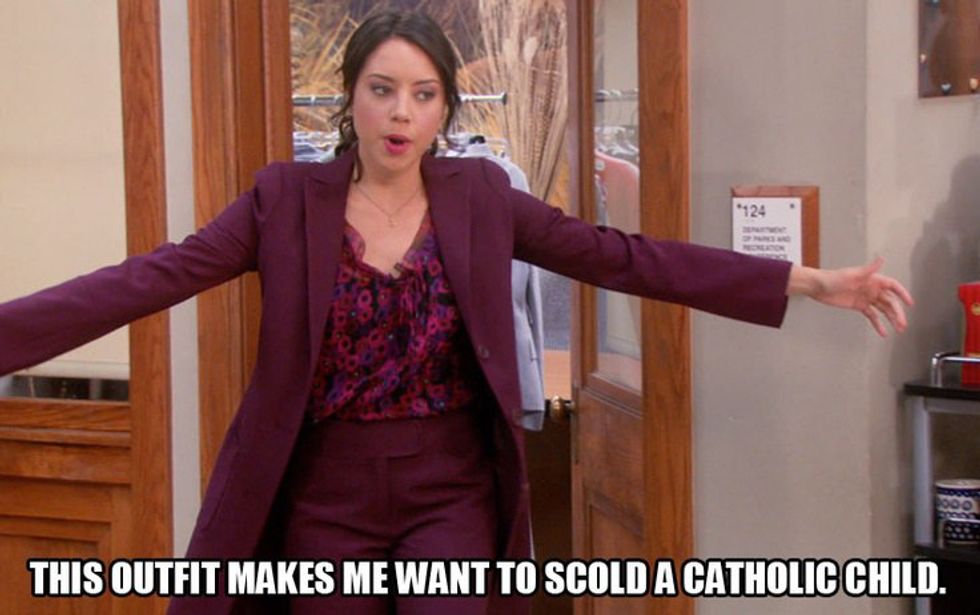As I’ve written in prior works, one of the most prevalent parts of human life is that we, as individuals, struggle and overcome obstacles in pursuit to finishing or completing a goal or objective. We hit roadblocks in life, setbacks that make us falter from the trajectory we set out on in the quest of life. Sometimes we many think of these obstacles as daunting enough to turn around the other way. They could be as small as confronting a bully or co-worker to slaying a dragon or dueling with an evil wizard.
You may be like, “Hold on, what do those two things have to do with modern life?” My answer to you is that, while evil wizards and dragons may not roam the land we know, they are Christian symbols used throughout medieval and renaissance literature. The idea of a brave warrior of slaying the dragon and rescue the princess has been an archetype in legend and myth since the late Roman Empire. It’s a story archetype we teach our children to this day in the form of bedtime stories and fairy tales.
Yet one of the most famous Christian-literary crossovers can be found in the longest epic poem in the English language -- "The Faerie Queene"written by Edmund Spenser.
Meet the hero of Book I of the poem, Redcrosse Knight. Like you and me, Redcrosse is not a perfect character. He doesn’t seem to have his act together at all. In the first few cantos of Book One, we see Redcrosse running around and succumbing to Duessa and to Archimago, two of the primary villains in Book I. Redcrosse even gets lost and loses his friends early on as well. You may ask yourself, “Why task this character who doesn’t even know who he is to slay a dragon?” Eventually, after falling so many times, Redcrosse learns from all of his mistakes and rises up with the wisdom that he had learned on his quest and eventually breaks free of the dungeon of a giant and continues his quest to defeat the dragon.
Redcrosse eventually finds the dragon named Errour and does battle with it for three days. At the end of the third day, Redcrosse cuts the head of the dragon off and wins the day. Redcrosse then rescues lady Una and then the two marry. The end.
But this story had many deeper components to it that parallel with the lives that we live today; many themes from actual text provide the reader with context that Redcrosse by no means is a perfect person -- nor does he act like the typical hero we think knights should have. But the one redeeming thing about Redcrosse is his determination to remain true to his faith and his devotion to his goal set before him. He may be lost at times, he may be dissuaded at times, but he always is brought back on course, either by the help of his friends or by his devotion. It’s made very clear also that Redcrosse is the incarnation of possibly one of the most heroic saints in the Catholic Church: Saint George, patron saint of England and the pinnacle of chivalry.
In conclusion, we are all on a quest. We get lost and we get captured by evil thoughts or with groups of people that don’t reflect our mission or our values. But strive we do to continue on and to do the best we can as we seek out to live virtuous lives and the truth that lies within ourselves as well as the sacred mysteries surrounding the Christian faith.
My challenge to you: find your inner knight, and maybe you can defeat the evil dragon in your life. You may falter, and you may become lost, but don’t give up the fight.






















